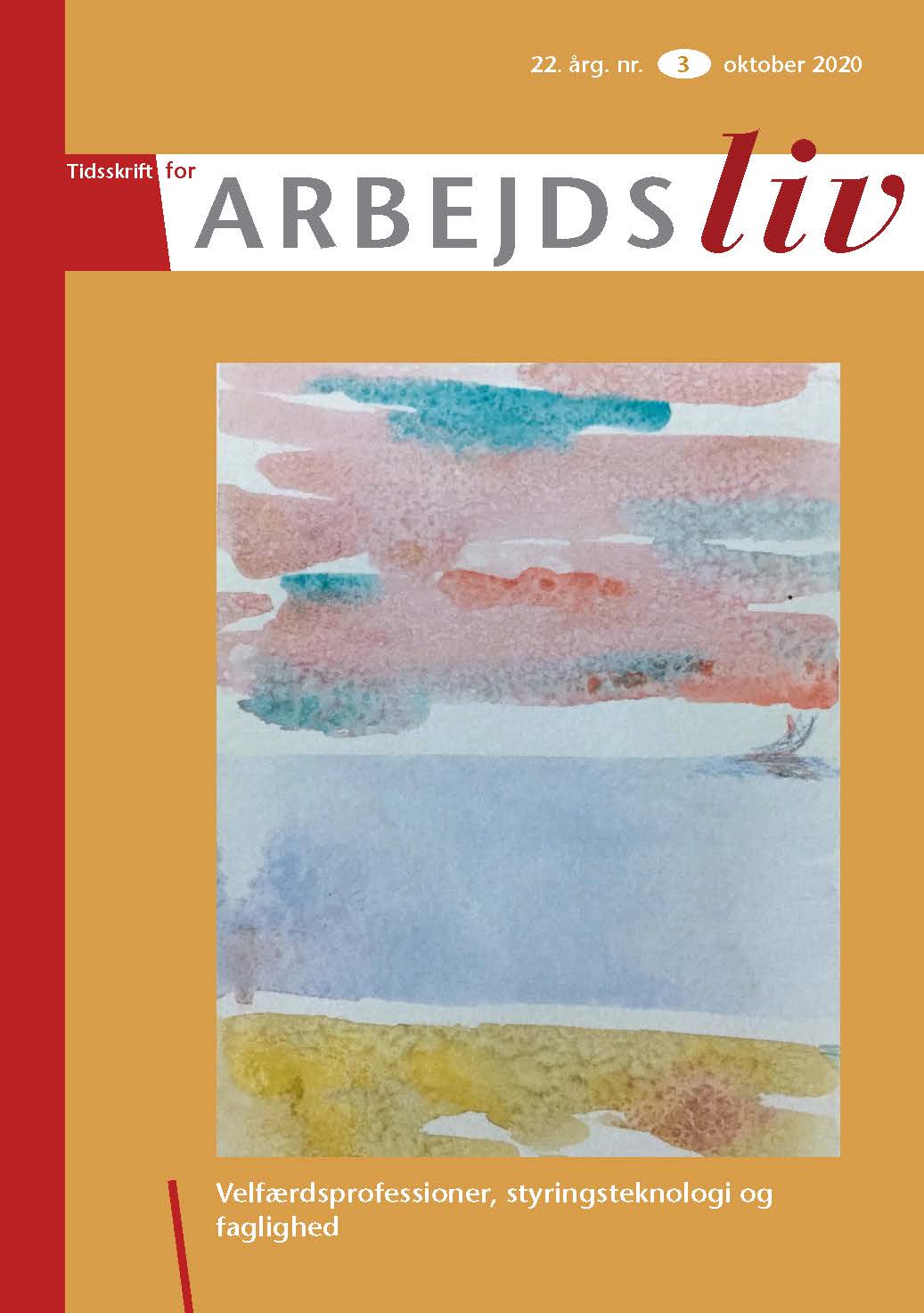Reforming Teachers Work
How Teachers Made Sense to Evidence Based Knowledge on Student Outcome
DOI:
https://doi.org/10.7146/tfa.v22i3.122823Abstract
In 2014, an evidence-based teaching standard was introduced in conjunction with the learning objectives of the Danish primary school reform. This teaching standard can be perceived as a twofold phenomenon, as both a professional method and as a managerial technology aimed at managing the way in which teachers perform teaching. Although the teaching standard has received wide attention scholarly, only few empirical studies explore how teachers make sense of the teaching standard in their school practice. Drawing from sense making theory, this article investigates how teachers made sense of the teaching standard, in the years after the school reform. The study follows the teachers’ sense making process in a municipal school system in two phases, in which teachers were fi rst introduced to the teaching standard, and subsequently applied the standard in teaching practices. The study fi nds that teachers were at fi rst open, albeit ambiguous about how to use elements of the teaching standard in practice, but later rejected the standard when applying it in teaching. The article contributes with an inside perspective on how teachers perceived the teaching standard as a professional method and as a managerial technology.
Downloads
Published
How to Cite
Issue
Section
License
Forfattere, der publicerer deres værker via dette tidsskrift, accepterer følgende vilkår:
- Forfattere bevarer deres ophavsret og giver tidsskriftet ret til første publicering, samtidigt med at værket ét år efter publiceringen er omfattet af en Creative Commons Attribution-licens, der giver andre ret til at dele værket med en anerkendelse af værkets forfatter og første publicering i nærværende tidsskrift.
- Forfattere kan indgå flere separate kontraktlige aftaler om ikke-eksklusiv distribution af tidsskriftets publicerede version af værket (f.eks. sende det til et institutionslager eller udgive det i en bog), med en anerkendelse af værkets første publicering i nærværende tidsskrift.
- Forfattere har ret til og opfordres til at publicere deres værker online (f.eks. i institutionslagre eller på deres websted) forud for og under manuskriptprocessen, da dette kan føre til produktive udvekslinger, samt tidligere og større citater fra publicerede værker (se The Effect of Open Access).





